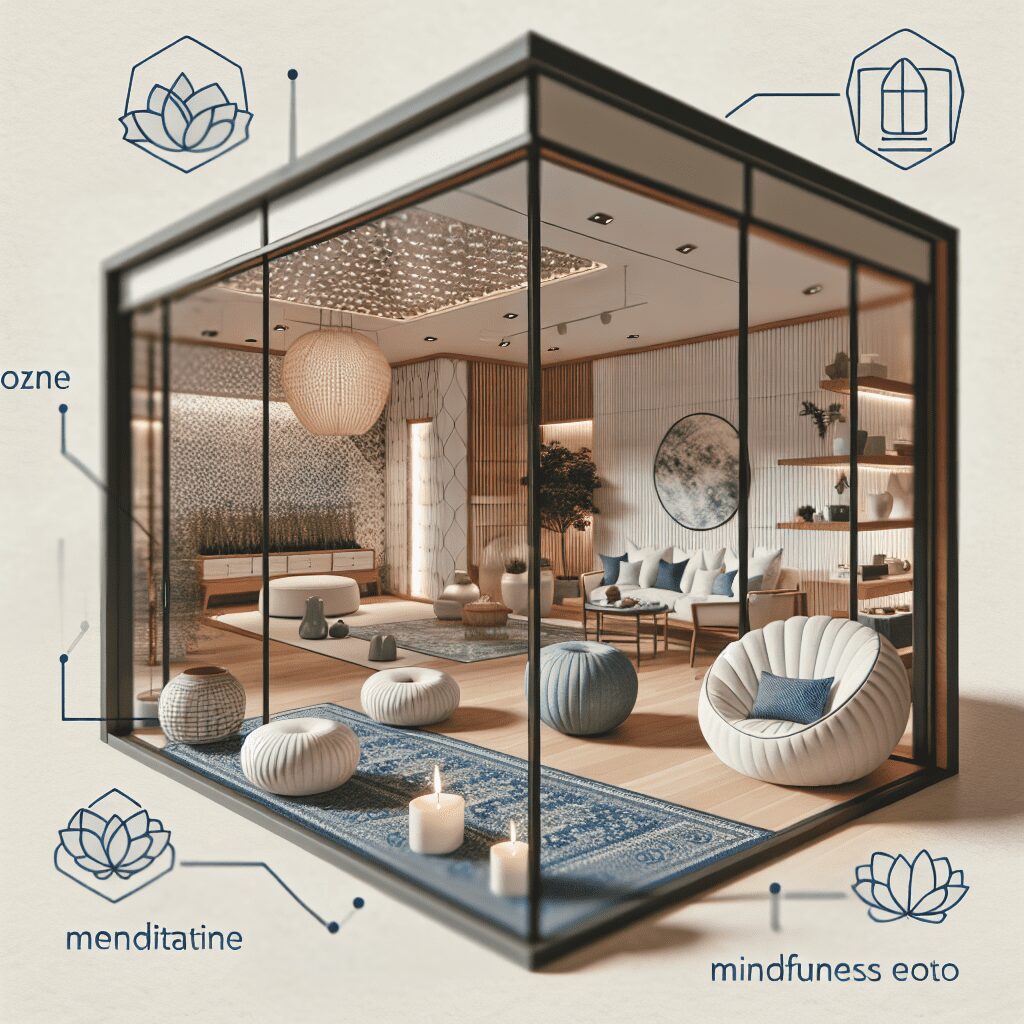
Prioritize your mental well-being daily. Enhance your life by nurturing your mental health with the Smart Meditation app. Break free from stress, alleviate anxiety, and enhance your sleep quality starting today.
Are Two Yr Olds Expected To Meditate In Buddhism?
Unlocking the Zen in Toddlers: Navigating Meditation in Early Childhood
The concept of toddlers engaging in meditation might conjure up images of a serene two-year-old, legs crossed, surrounded by a tranquility that seems almost otherworldly. But does Buddhism really lay down such an expectation? Or is this just a delightful concoction of our modern-day parenting aspirations, intermingled with a dash of spiritual hopefulness?
The Art of Introducing Meditation to the Young Minds
First off, it’s crucial to bust a common myth: Buddhism, in its myriad forms and practices around the globe, doesn’t rigidly dictate that toddlers must engage in meditation. The practice, instead, is far more nuanced and adaptive, particularly when it comes to its youngest adherents.
Instead of enforcing a strict regimen, the essence of introducing meditation to children, specifically two-year-olds, revolves around inculcating a sense of mindfulness and awareness. It’s less about expecting them to sit in absolute silence for an extended period and more about integrating mindful practices into their daily routines. Here’s how it is usually approached:
- Lead by Example: Children are astute observers. They’re more likely to be curious about meditation if they see older family members engaging in the practice. It’s the old “monkey see, monkey do” in action.
- Short and Sweet: Keeping “meditative” sessions brief and playful can capture a toddler’s attention without overwhelming them. Think along the lines of a minute or two, gradually increasing the duration as they grow older and more attuned to the practice.
- Interactive Mindfulness Activities: Guided storytelling with calming themes, short gratitude practices at the end of the day, or simply encouraging them to pay attention to their breath can serve as gentle introductions to mindfulness.
The Real Goal: Fostering a Calm and Compassionate Generation
The broader aim isn’t to mould two-year-olds into mini monks or nuns, capable of meditative feats beyond their years. Rather, it’s about laying the groundwork for emotional resilience, compassion, and self-awareness from an early age. Research has shown that early exposure to mindfulness and meditation can positively impact a child’s emotional health, helping to decrease anxiety and improve concentration.
Moreover, embracing these practices as a family can foster a nurturing environment, conducive to open communication and mutual respect. It’s not just about carving out a few silent moments in the day; it’s about infusing daily interactions with patience, attentiveness, and kindness.
Wrapping Up: A Journey, Not a Destination
So, back to our original query: Are two-year-olds expected to meditate in Buddhism? In essence, no. There’s no hard and fast rule mandating their engagement in formal meditation. The focus, instead, leans toward a gentle and age-appropriate introduction to mindfulness, setting the stage for a potentially lifelong journey towards self-awareness and equanimity.
As parents and guardians, it’s paramount to remember that every child’s journey with meditation will be unique. There’s beauty in that individuality, and patience is key. After all, fostering a mindful generation is a marathon, not a sprint. Here’s to taking those first steps with understanding, creativity, and a touch of playfulness.





